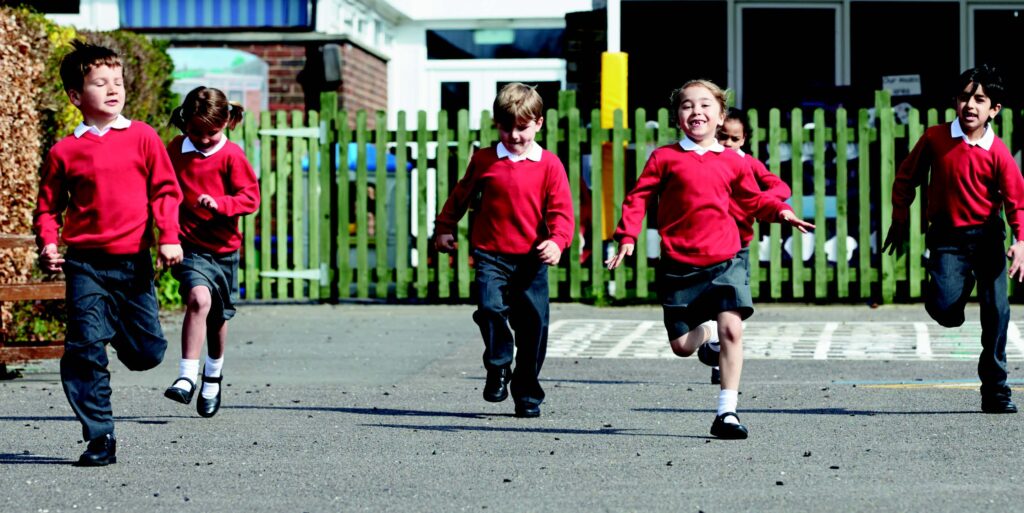Local Campaigning
EIS Assistant Secretary David Belsey provides an update on the continuing campaign to make schools safe places to work and to learn.
“Protect Education” is an overarching EIS campaign to ensure that education is delivered effectively, safely and in a sustainable manner during and immediately after the pandemic. Based on survey returns, school safety has been our main priority throughout this pandemic.
Many issues have been raised nationally but the reality is that whilst some Covid challenges are the same for all Local Associations – ventilation, physical separation, non-medical grade facemasks, timetabling – there is a large variation in how Local Authorities are dealing with Covid and implementing mitigations. For example, some have CO2 monitors in classrooms whilst others have rejected this and simply asserted that the ventilation is adequate; some have agreed that all pregnant teachers in their third trimester can work from home – whilst others have rejected the same proposal.
Local EIS campaigning is being intensified, therefore, to deliver a more uniform approach from Councils based on the best practice available.
The more effectively a Local Association can show a Local Authority (especially its Councillors) that its members are behind the campaign – then the more likely that campaign is to succeed.
As Local Association capacities are different, some with campaign hardened cadres of reps with a fair amount of facility time whilst other Local Associations are building their rep teams with limited facility time, we have introduced a Protect Education Toolkit to provide help with campaigning.
The Toolkit is split into two main parts: potential areas for each LA to campaign on and suggested ways in which campaigning may be carried out.
It suggests several collective activities for members, reps and the Local Association to carry out to realise their campaigns – i.e. ways in which pressure may be maximised on Local Authorities. The choice of specific campaigning activity is entirely a matter for local members and reps within Local Associations.
Aiding and supporting Local Associations are the resources of the EIS; Organisers and Area Officers are assigned to directly support Local Associations and school Branch campaigns. Our national Health & Safety specialists, Comms Dept and employment law specialists are also available to offer assistance to Local Associations.
Ultimately, successful campaigning at any level depends on member engagement.

Advice on Safety in Schools
In light of the Scottish Government’s decisions to implement a phased return to face-to-face, updated health and safety advice was issued to all school reps to promote full implementation of all the agreed mitigations.
Early evidence confirms the increased transmissibility of the Kent variant of the virus which appears to be less reliant on symptomatic or contract spreading, with aerosol transmission more to the fore. Given that this variant now accounts for 90% of cases in Scotland, schools need to factor in the changed scenario from pre-Christmas, recognising that in-school transmission does happen and that maximum mitigations are required to suppress this.
Key arrangements which should be in place in all workplaces:
- a review of all risk assessments to take into account the much higher transmission rates of the new variants
- specific measures to maintain physical distancing and to minimise mixing in classrooms and other indoor areas
- face coverings/masks to be always worn indoors, including in classrooms, by staff and pupils in secondary and by staff in primary and ASN settings
- greater emphasis being placed on good ventilation and monitoring of such (windows and doors should be open as much as possible, when operationally feasible and safe.) An EIS Heating and Ventilation Checklist is available on our website.
In terms of risk assessments, the Scottish Government advice is that these need to be conducted by the employers in conjunction with trade unions and LNCTs.
Additional funding has been provided by the Scottish Government to support the introduction of additional mitigations. EIS Local Associations will seek to ensure that this additional funding is being used to improve and enhance ventilation in schools, e.g. through the purchase of CO2 monitors.
Action points for members
Members should:
- Ensure that there is consultation on the updated risk assessment.
- Familiarise yourself with your establishment’s updated risk assessment.
- Consider the points outlined in the ‘Healthy Workplace Checklist’ to ensure that relevant Health and Safety issues and CERG Guidelines issues have been appropriately identified.
- Meet with the school rep to clarify and, finally, agree on a satisfactory risk assessment.
- If there is not an updated risk assessment in place, or it does not adequately address the concerns of members, or is not followed, then your local association secretary, should be informed by the school rep or nominated individual.
- If you reasonably believe that the arrangements in your establishment would put you at personal risk, seek advice from your local association secretary.
